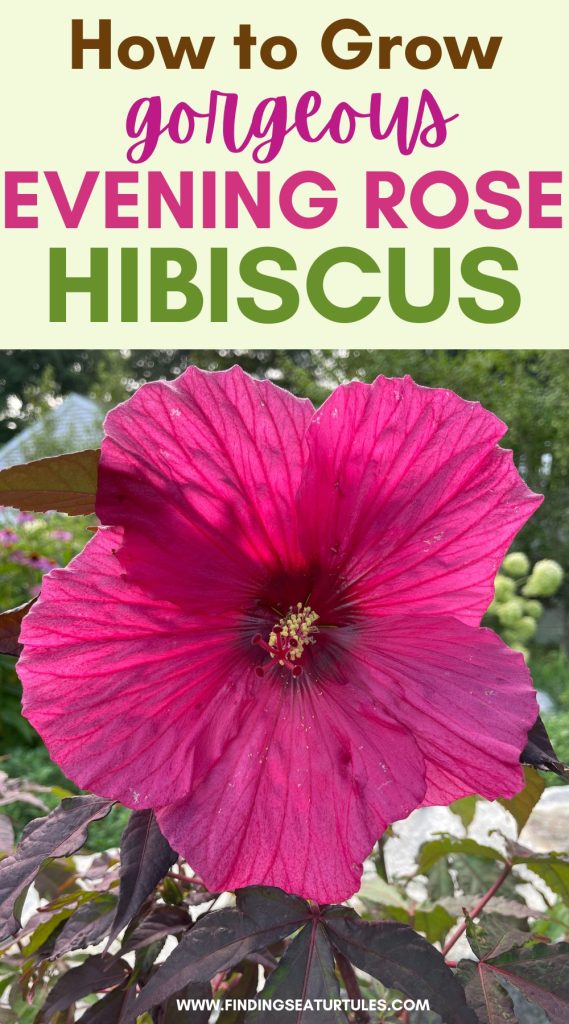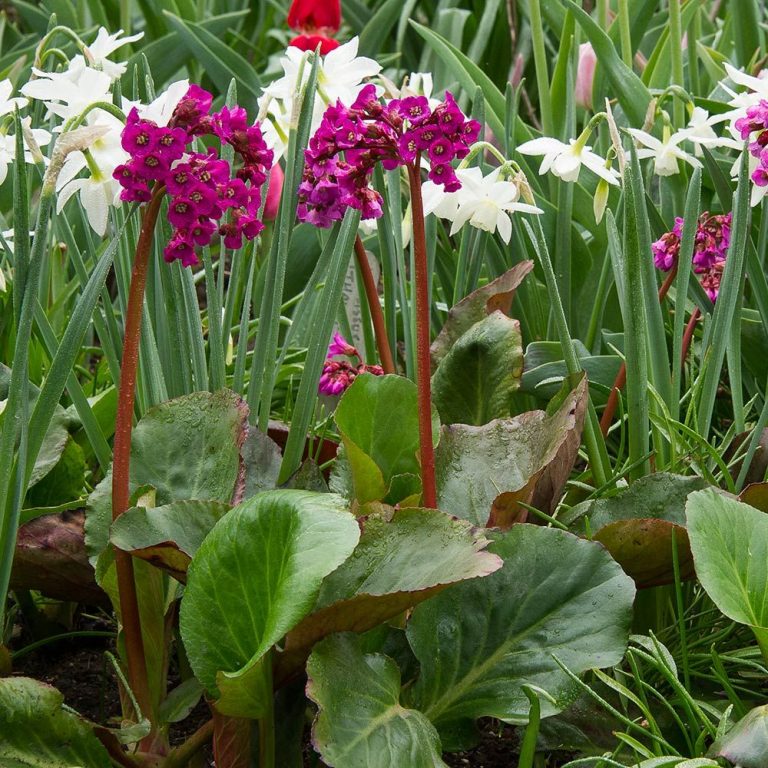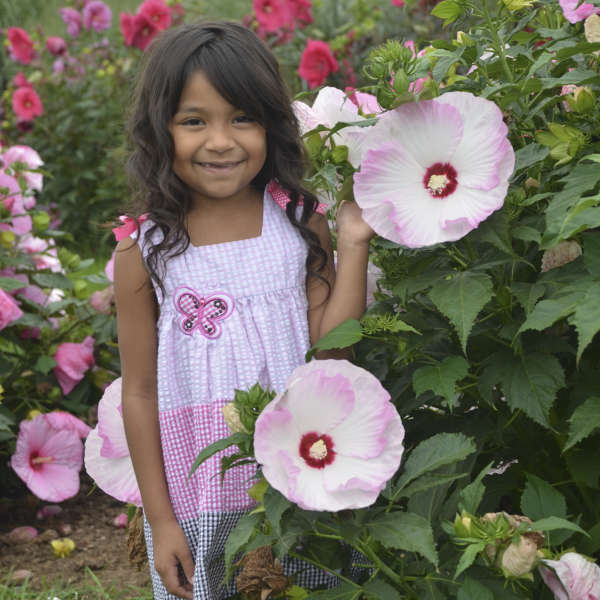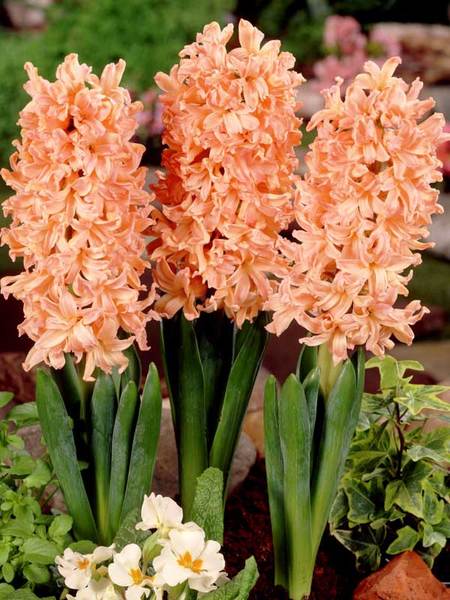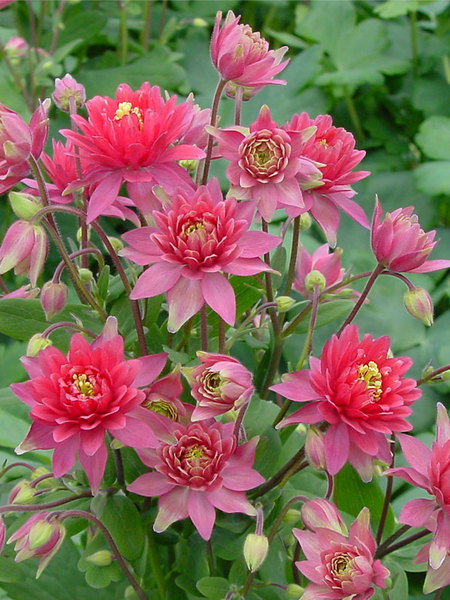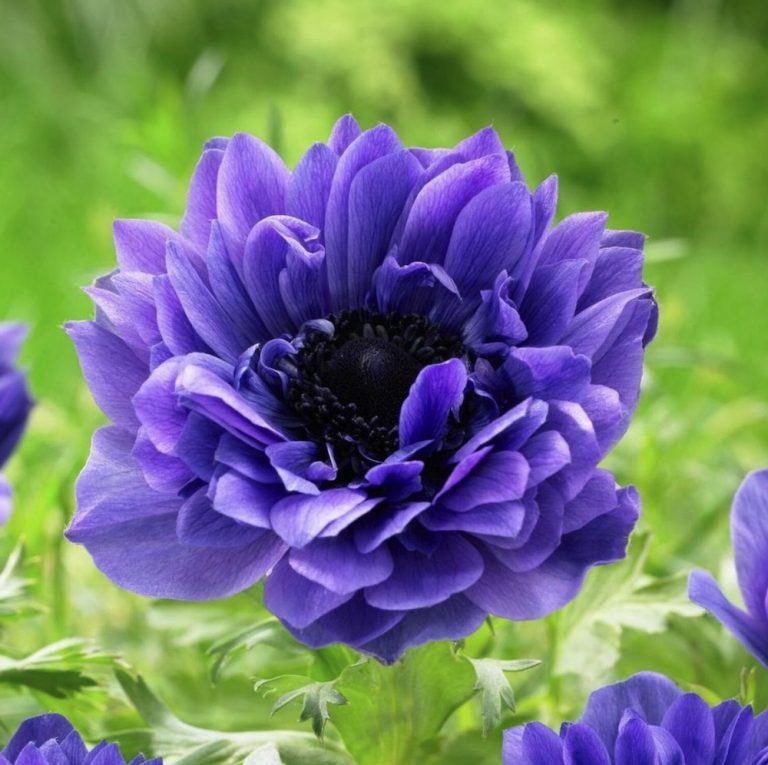How to Grow Evening Rose Hibiscus
Grow Evening Rose Hibiscus. Attract beautiful butterflies and bees with a Summerific Hibiscus that adds gorgeous color to your Summer garden. Evening Rose Hibiscus is a hybrid and part of the Summerific Hibiscus Collection. Developed by the talented folks at Walters Gardens.
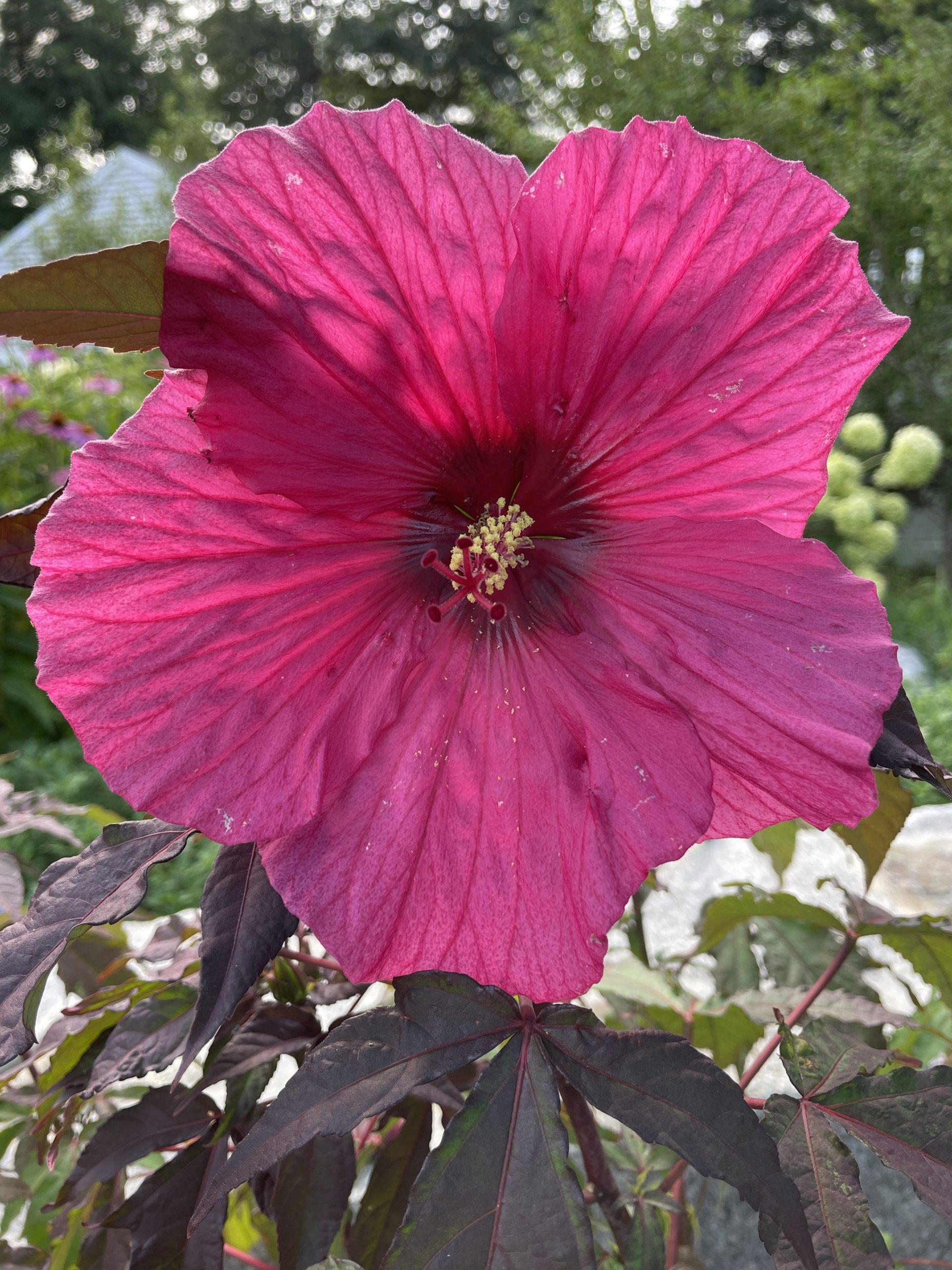
Characteristics of Hibiscus or Rose Mallow
Evening Rose Hibiscus, sometimes called a Rose Mallow, is a hardy hibiscus perennial. It is hardy up to zone 4, which is excellent for those in cooler climates.
This type of hibiscus has an upright growth habit that is densely compact. Its blooms are more prominent and can reach 7 to 8 inches wide! A fast-growing hibiscus, Evening Rose Hibiscus is hardy up to zone 4. The plant has tropical-like flowers that bloom later in the season and may even bloom into early Fall.
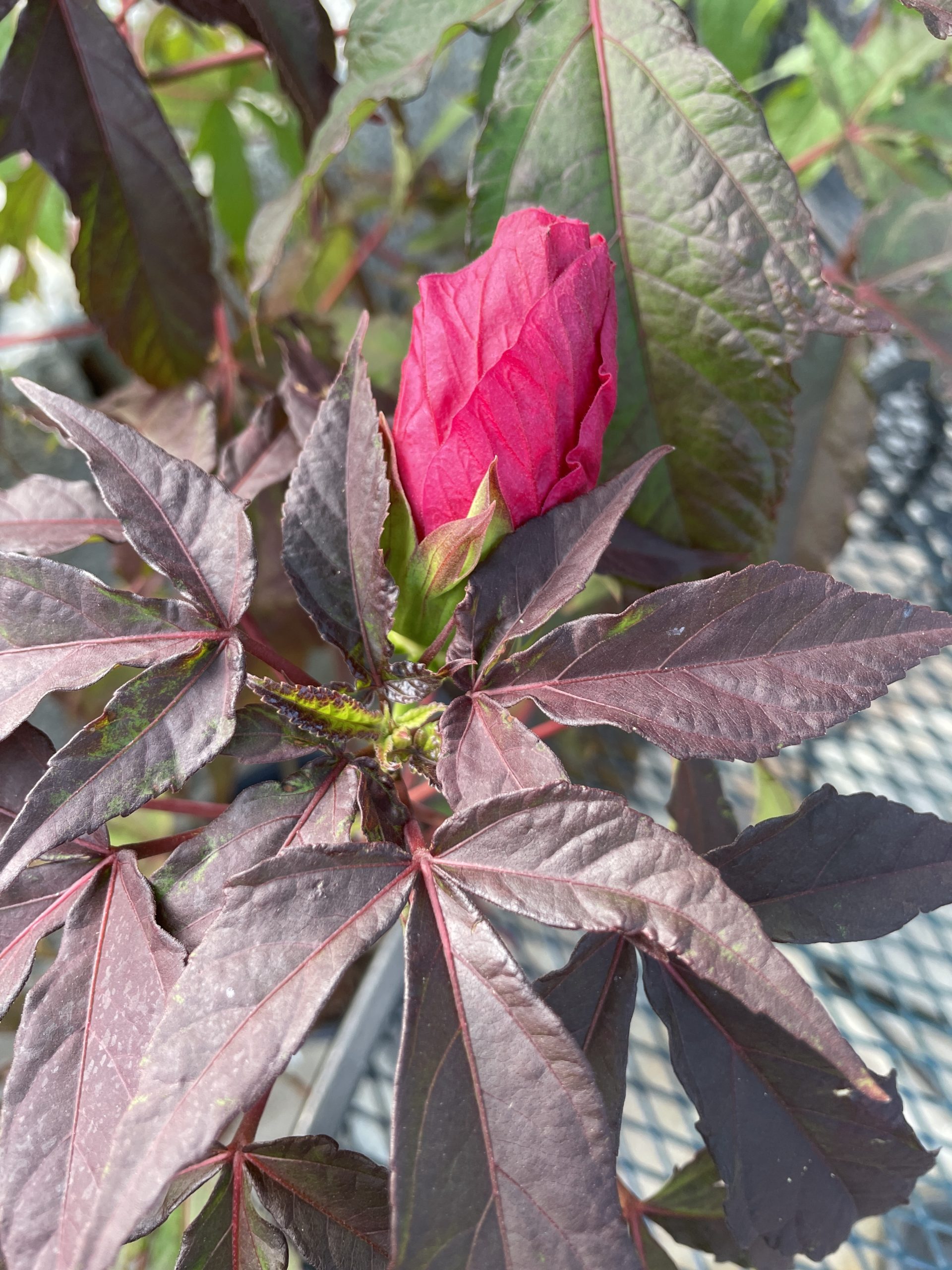
The Evening Rose Summerific Hibiscus has puckered hot pink flowers with a deep red eye. The near-black foliage contrasts with any summer garden and complements the hot pink flowers.
A North American native, the hibiscus is from the central and eastern regions of the United States. What is most notable about the Summerific Hibiscus is that blooms appear from the top to the bottom of the plant. Over the summer months, blooms cover the entire plant. It is an indeterminate blooming perennial. Over summer, during this blooming period, flowers bloom from the length of the stem top to the bottom of the plant.
How to Grow Evening Rose Hibiscus – About the Hibiscus
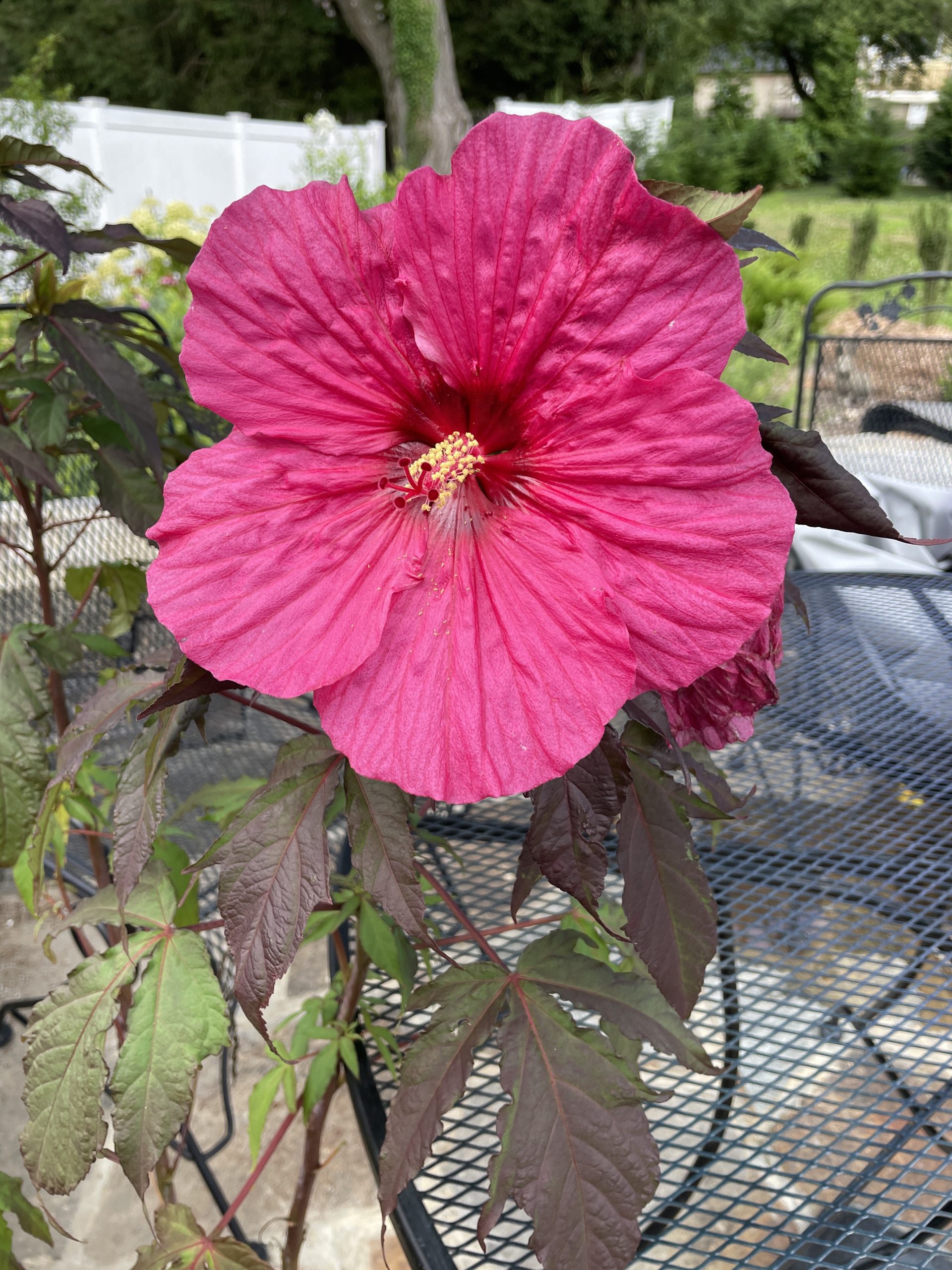
First, the Evening Rose Hibiscus plant features and growing conditions:
- Grows in zones 4 to 9
- Full Sun to Part shade and part Sun
- Reaches 4 feet high with a spread of 4 1/2 to 5 feet wide
- Flowers are 8-inch puckered hot pink flowers with a deep red eye and near-black foliage
- Blooms from Mid Summer to late Summer and possibility into early Fall
- Bee-friendly hibiscus that also attracts butterflies
- Resistant to deer
- Tolerance of soil conditions that are fertile, average, or poor
- Grows in slightly acidic soil
- Needs regular, consistent watering
- Rapid growth rate
- Use as a border plant, landscape, and a specimen or focal plant
- Native to North America
Garden Site Selection
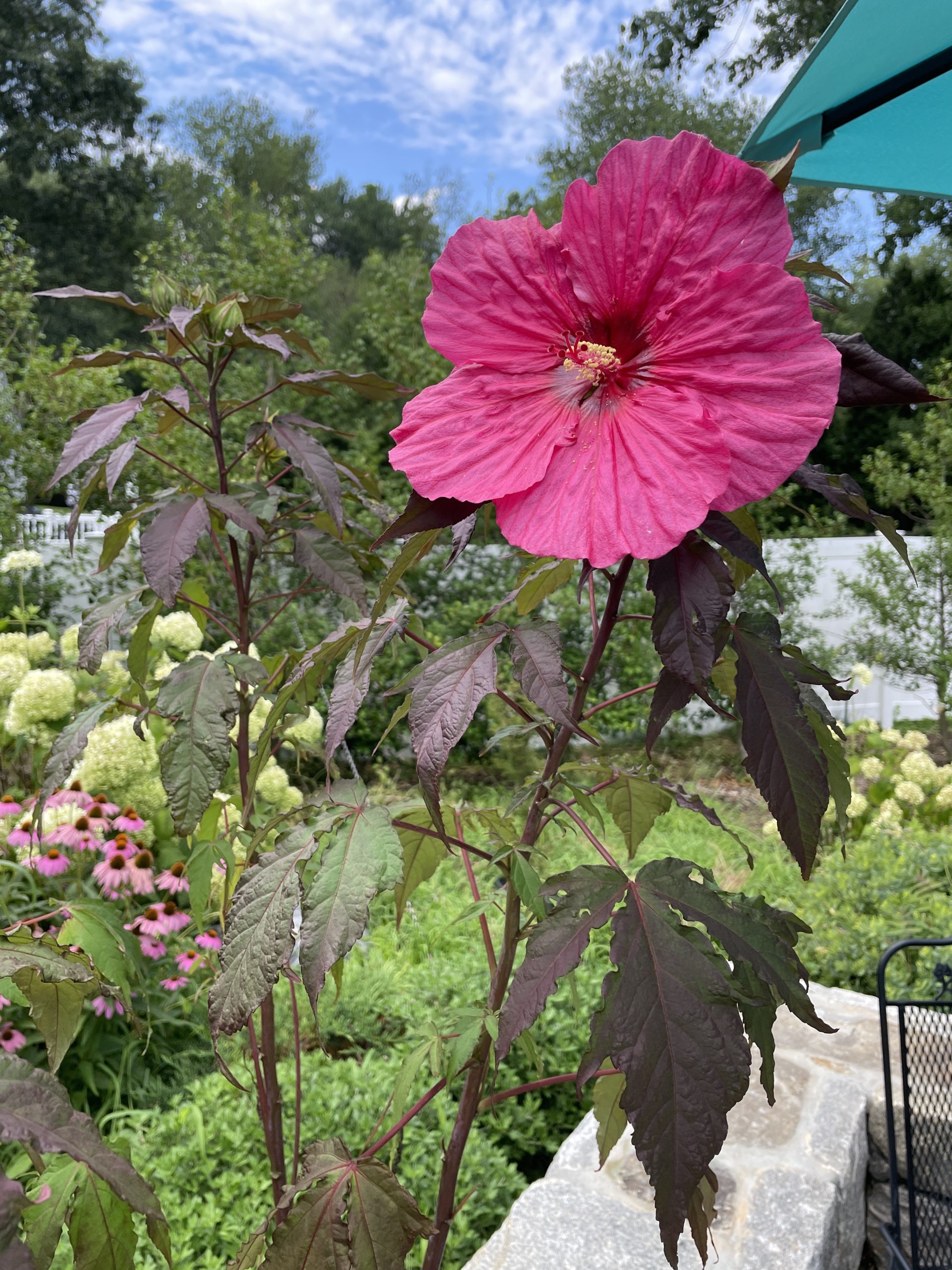
Be sure to consider the garden site where you want to plant the hibiscus. Select the right garden spot where the hibiscus can thrive as it matures. Summerific Hibiscus loves the Sun, likes regular watering, and needs plenty of room for future growth. In addition to these considerations, there should be a nearby water source for frequent watering trips. Evening Rose reaches 4 ½ to 5 feet wide at maturity, so give it plenty of room to grow. This ensures that Evening Rose doesn’t need to compete with the surrounding plants for water.
Soil Preparation
- Prepare the garden bed soil. Loosen and break the soil apart using a trowel or shovel.
- Evening Rose prefers slightly acidic soil. We added sphagnum peat moss to the garden bed because it is acidic and helps excess water drain away from the root system. If needed, add compost to the soil mix.
- Work sphagnum peat moss and compost into the soil.
- Japanese Beetles are attracted to perennial hibiscus. We sprinkled an organic product called milky spore powder in the soil. If you don’t have a problem with grubs or Japanese Beetles, you don’t need to mix milky spore into the soil. Milky Spore prevents grubs laid by the Japanese Beetles from emerging the following year. They can be destructive to plant foliage.
How to Grow Evening Rose Hibiscus
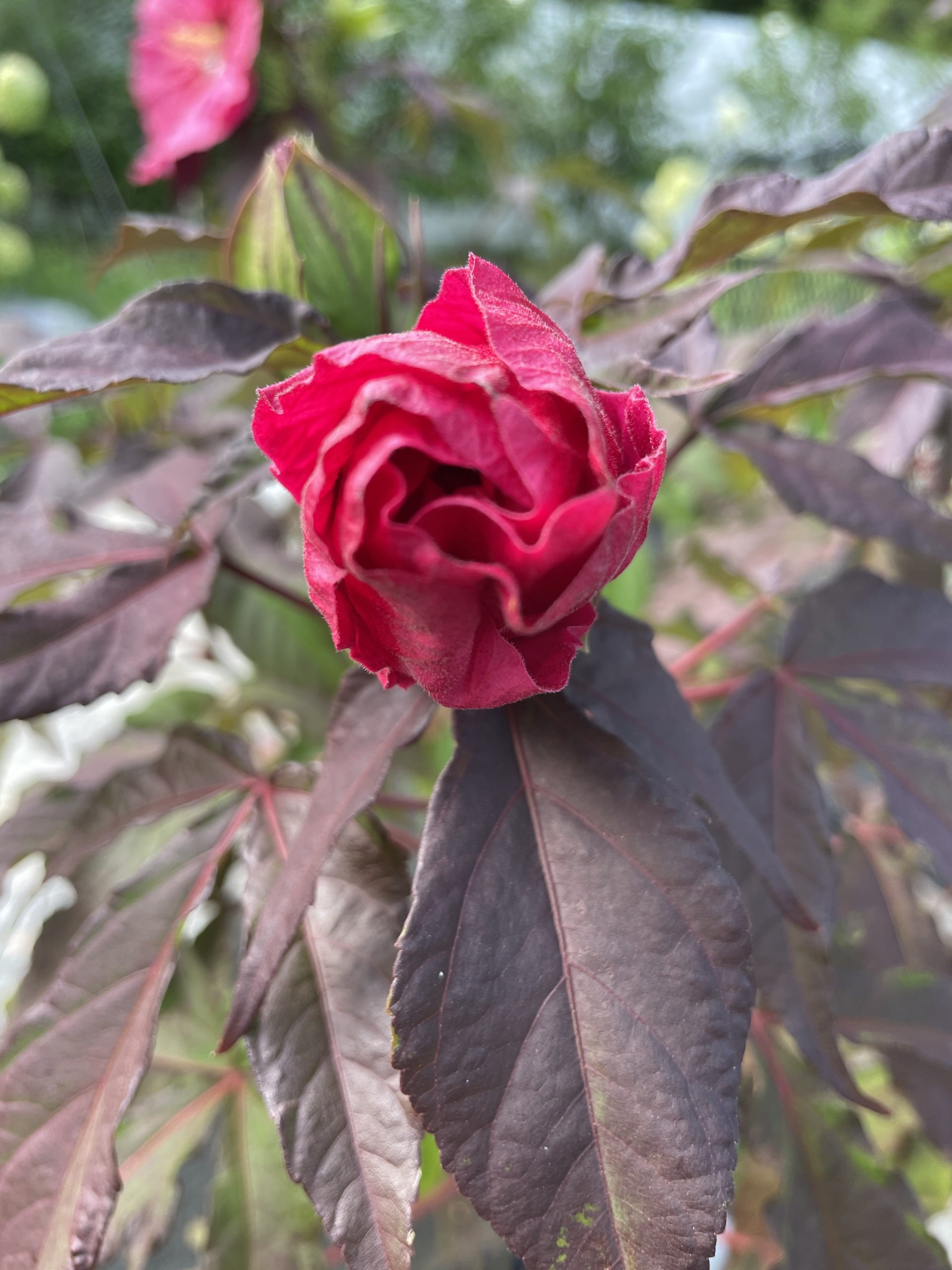
Once you have selected the right spot and have prepared the soil, you are ready to plant the hibiscus.
- Dig a hole in the ground that is the same depth as the Proven Winners plastic container and twice the width of the hibiscus root ball.
- Second, drop the hibiscus with the crown at the soil level. Cover the root system with the surrounding soil. Pack the soil around the plant roots to eliminate any air pockets.
- Third, water the hibiscus thoroughly so that water sinks to the roots. Water daily for the next few weeks until the plant has settled in.
- Finally, during the warmer months, water regularly, and more frequently, when temperatures reach the 90s or days go by without rainfall.
When to Plant Evening Rose Hibiscus
- Plant hibiscus in early Summer before the dog days of Summer arrive. This will give the hibiscus time to settle in before the heat comes in late Summer. However, if you purchase the Summerific Hibiscus in July or August, plant the hibiscus as soon as possible. Water the Evening Rose daily for several weeks to ensure the plant settles in. Monitor the plant every few days for the first year.
Tips for How to Grow Evening Rose Hibiscus
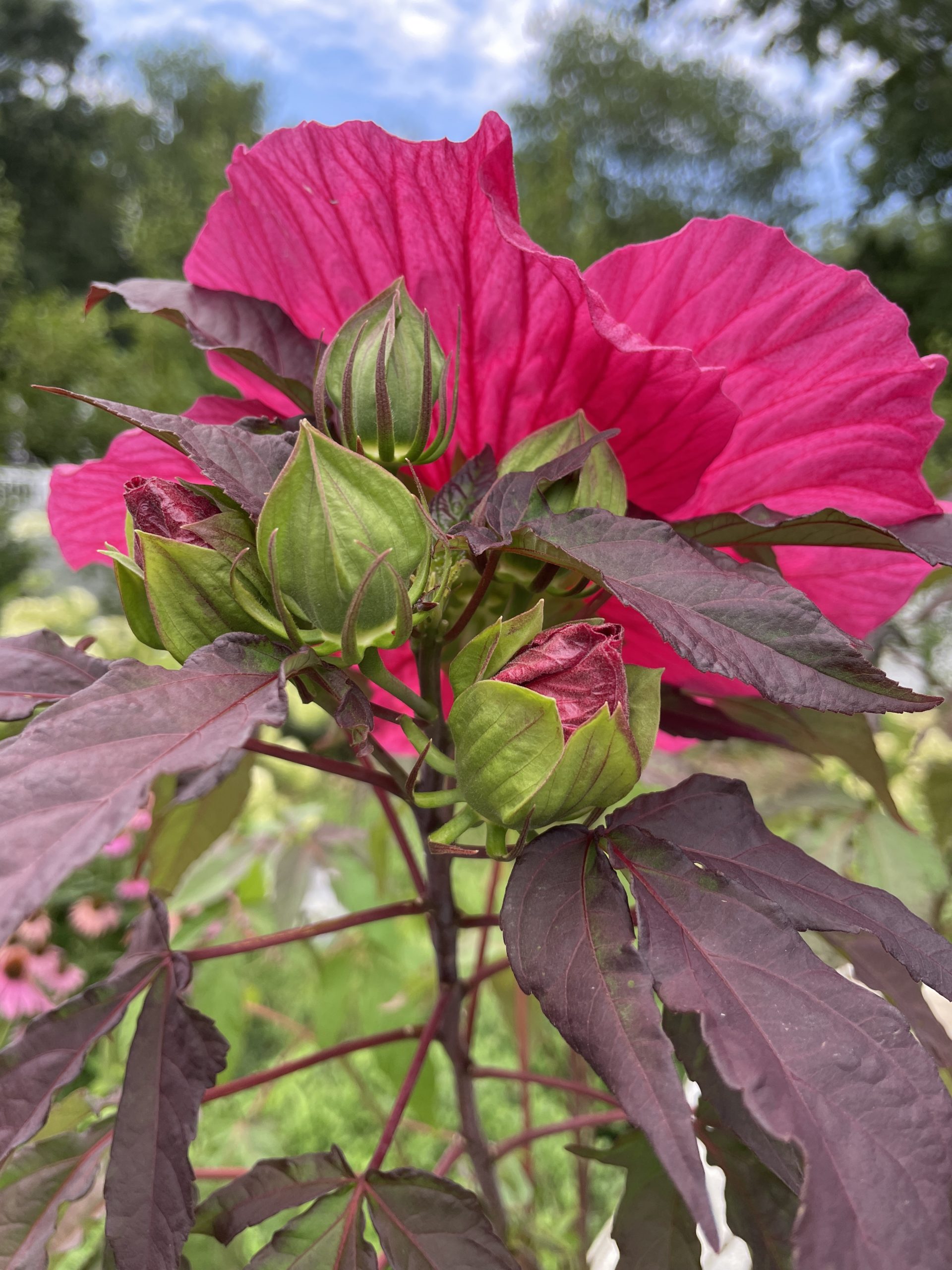
- Never allow Evening Rose Hibiscus to dry out. It thrives with regular watering.
- Mulch the hibiscus to retain water during summer and protect it over Winter.
- When planting several hibiscus together, space apart so there is plenty of room for growth. Evening Rose matures from 5 ½ to 6 feet wide.
- Grow hibiscus as a specimen plant or as a focal point in a garden
- North American native
Companion Plants for Evening Rose Hibiscus
- Daylilies or Hemerocallis
- Shasta Daisies or Leucanthemum
- Tall Garden Phlox
- Fountain Grass or Pennisetum
With some planning, Evening Rose Hibiscus is easy to grow. All that is needed is a sunny garden area, water, and even more water, and plenty of space to grow. That’s it! Then, sit back, relax, and watch the gorgeous flower show begin. You’ll see 8-inch hot pink blooms covering the plant from top to bottom. And best of all, you’ll attract tons of bees and butterflies that hover over the hibiscus.
This concludes our post on growing Evening Rose Hibiscus plants. Tell us what you think about this beautiful plant. Do you have a favorite Summerific Hibiscus plant?
If you enjoyed this post . . . .
You Will Enjoy Our Other Gardening-related posts.
Grow Berry Awesome – 2019 Proven Winner National Perennial
Best Companion Plants for Ballet Slippers Hibiscus
Plants that are Drought Tolerant
How to grow Sun-loving Inkblot Mangave
If you have any questions, feel free to contact us. We are always ready to help. Be sure to include your hardiness zone and light requirements with any gardening questions. Thank you for dropping by.
Mary

